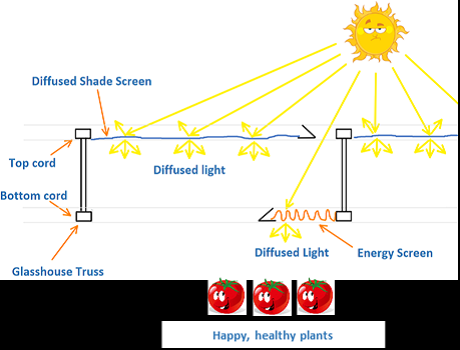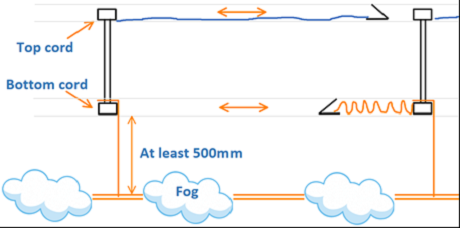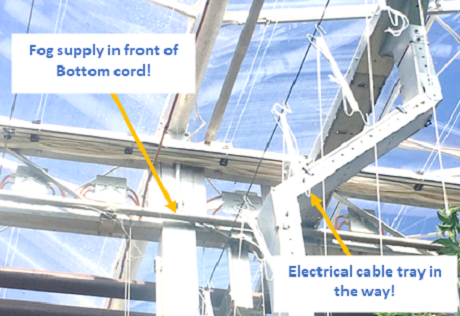In relatively hot climates like most of Australia, using an automated Shade or Energy Screen is an indispensable tool, but it is also a compromise – it’s really good at cooling the greenhouse, or really good at keeping it warm, but it can’t do both very well. So, Growers are increasingly opting for Double Screens – one screen for Shading and light diffusion in Summer and an Energy Screen for saving gas in the late afternoon, night, and early morning.
"One of those Growers is Jon Murphy of Murphy Fresh and Tatura Fresh," Carl van Loon, CEO with Powerplants shares. "He operates two of the most professional high-tech tomato growing facilities that I have seen in Australia, with about 90,000m2 in Tatura and 55,000m2 in Mansfield. His yields have been consistently high for as long as I have known him. He’s progressive and always looking for extra technical advantages. For instance, he is one of the first to use renewable woodchip as a fuel, to do large scale CO2 enrichment, to use diffused glass, and to extensively use Priva FS Performance for Labour and Crop Management."
Last year, Jon was successful in getting a Government Grant through Lawrence Graham at AA Equities to reduce his reliance on Fossil Fuels at Tatura and this helped fund a 400kW Solar Power System and a new automated Energy Screen from for all 9 hectares. The screens alone are predicted to reduce his gas bill by about 20%.

"Normally the Shade Screens are installed on the Top Cord of the Truss as shown above, so it shouldn’t be too difficult to install the Energy Screen on the Bottom Cord, except this is usually made more difficult by other systems being installed on the Bottom Cord, like electrical cable tray, fogging systems, lights, junction boxes, speakers and other things. These things then all need to be lowered down in order to allow for the new Energy Screens, and this can be an expensive process."

"So, if you are a grower, please ask your contractor to leave the Bottom Cord alone!" Carl concludes. See above for how this can be done.

"And let me know if you want to see if you can fit a second Screen in and have the Government help you pay for it. And if you’re an Installer, please don't do this (see above) Thanks from me and thanks from the Grower!"
For more information:
Carl van Loon
CEO
 Powerplants
Powerplants
03 8795 7750
[email protected]
www.powerplants.com.au
